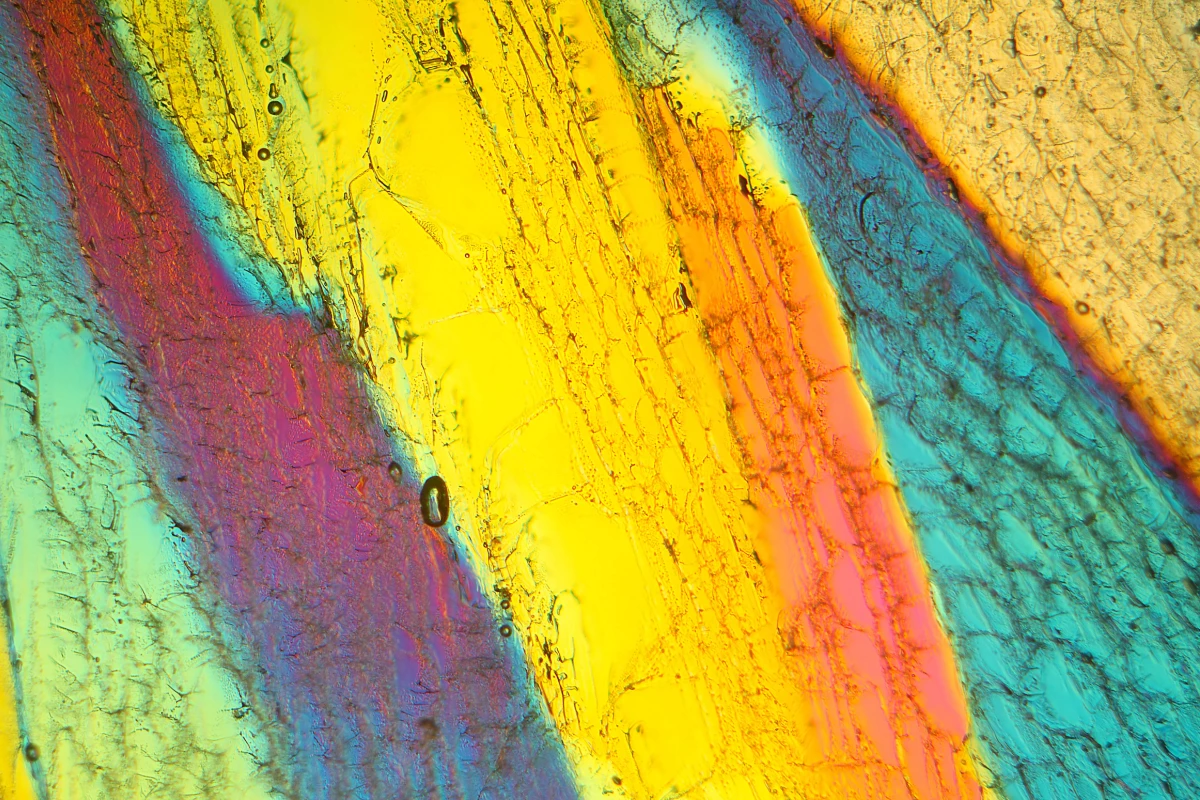Recent research has unveiled significant changes in the atomic structure of gold when subjected to pressures exceeding one million times that of Earth’s atmosphere. These findings, resulting from a collaborative effort by an international research team, provide deeper insights into the behavior of materials under extreme conditions, akin to those found in the interiors of giant planets.
Understanding Extreme Conditions
The intense pressures found within giant planets, such as Jupiter and Saturn, can lead to unexpected transformations in the properties of materials. For instance, gold, typically recognized for its malleability and conductivity, exhibits entirely different characteristics under these extreme conditions. Researchers have pushed the limits of experimental physics to investigate how substances behave when subjected to pressures that alter their atomic arrangements.
The research team employed advanced techniques to simulate such high-pressure environments in the laboratory. This experimental approach involved using diamond anvil cells, which are capable of generating pressures that mimic those present in celestial bodies. The team’s findings could have implications not only for materials science but also for our understanding of planetary formation and the evolution of the universe.
Implications for Materials Science
The ability to observe how gold and other materials change structurally under immense pressure opens new avenues in materials science. As noted by Dr. Emily Carter, a lead researcher on the project, “Understanding how materials behave under these conditions is crucial for advancing technology and exploring the fundamental properties of matter.”
One of the standout discoveries was that at pressures around 10 million times the Earth’s atmospheric pressure, gold underwent a phase transition that significantly altered its electronic and structural properties. This transformation could lead to new applications in electronics and materials engineering, as well as deepen our comprehension of the physical laws governing matter.
The implications of this research extend beyond theoretical physics. Industries that rely on precious metals and advanced materials could benefit from understanding how these materials can be manipulated under extreme conditions. This could result in the development of stronger, more resilient materials for use in a variety of applications, from aerospace to electronics.
As scientists continue to explore the mysteries of the universe through the lens of extreme physics, the ongoing studies of materials like gold promise to enrich our knowledge and potentially revolutionize multiple fields. The findings from this groundbreaking research highlight the intricate connection between astrophysics and materials science, paving the way for future innovations that harness the extraordinary properties of materials under pressure.







